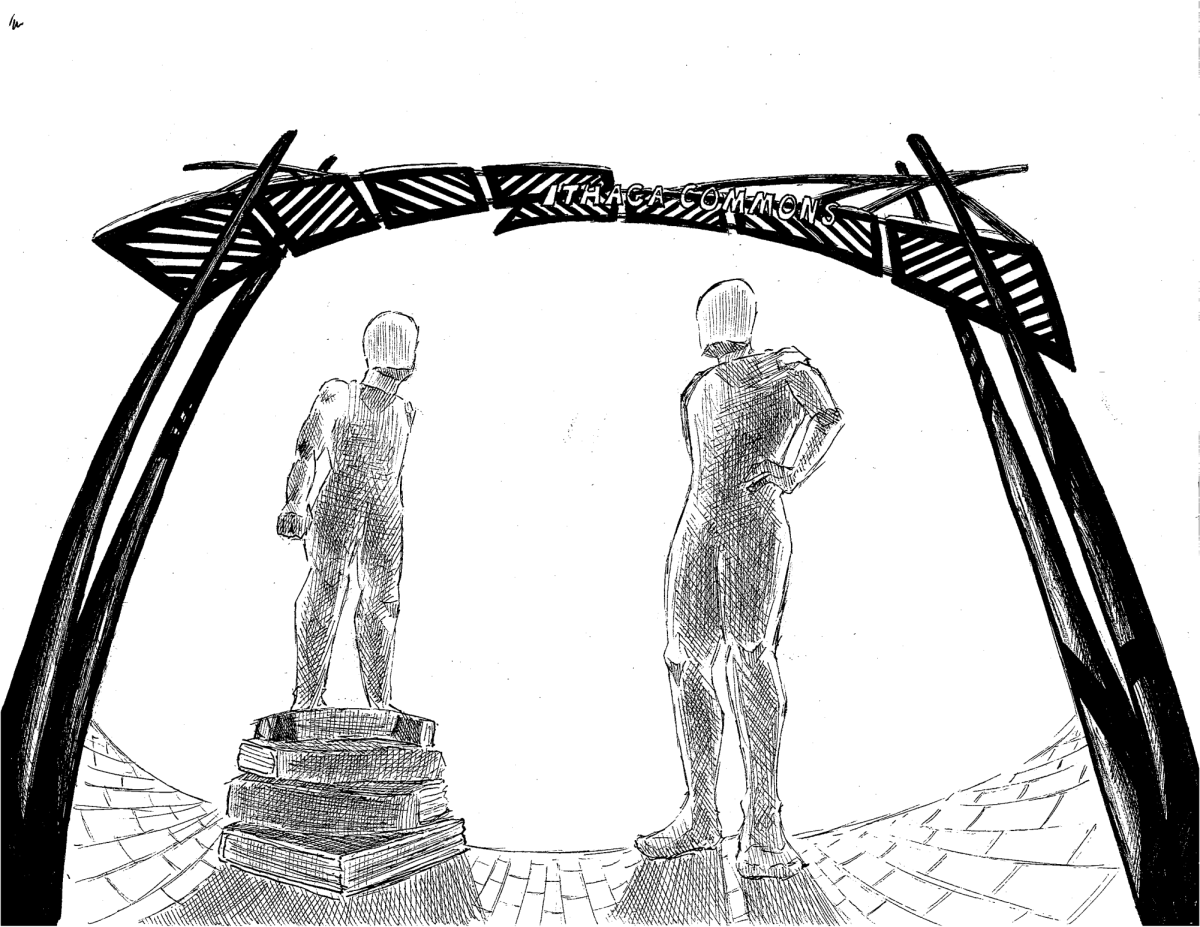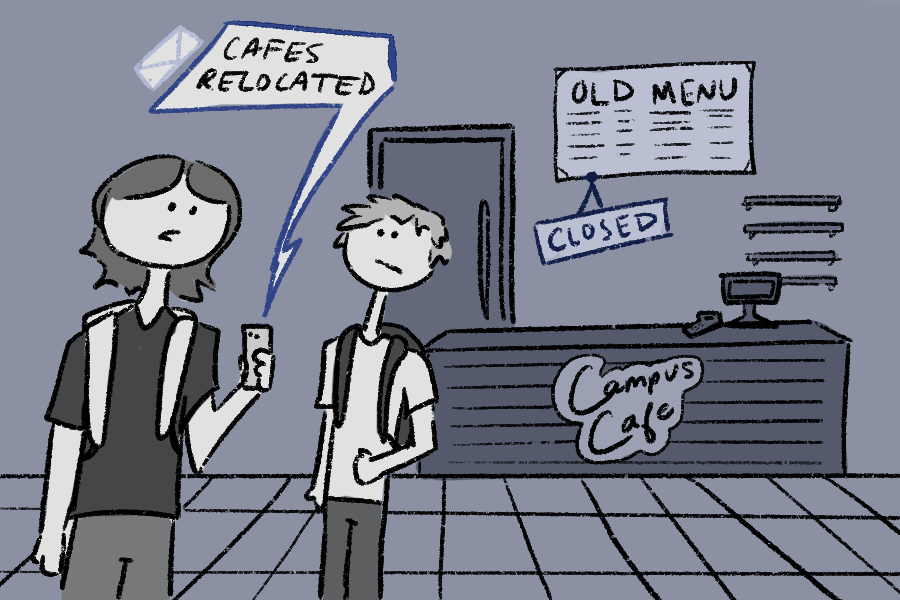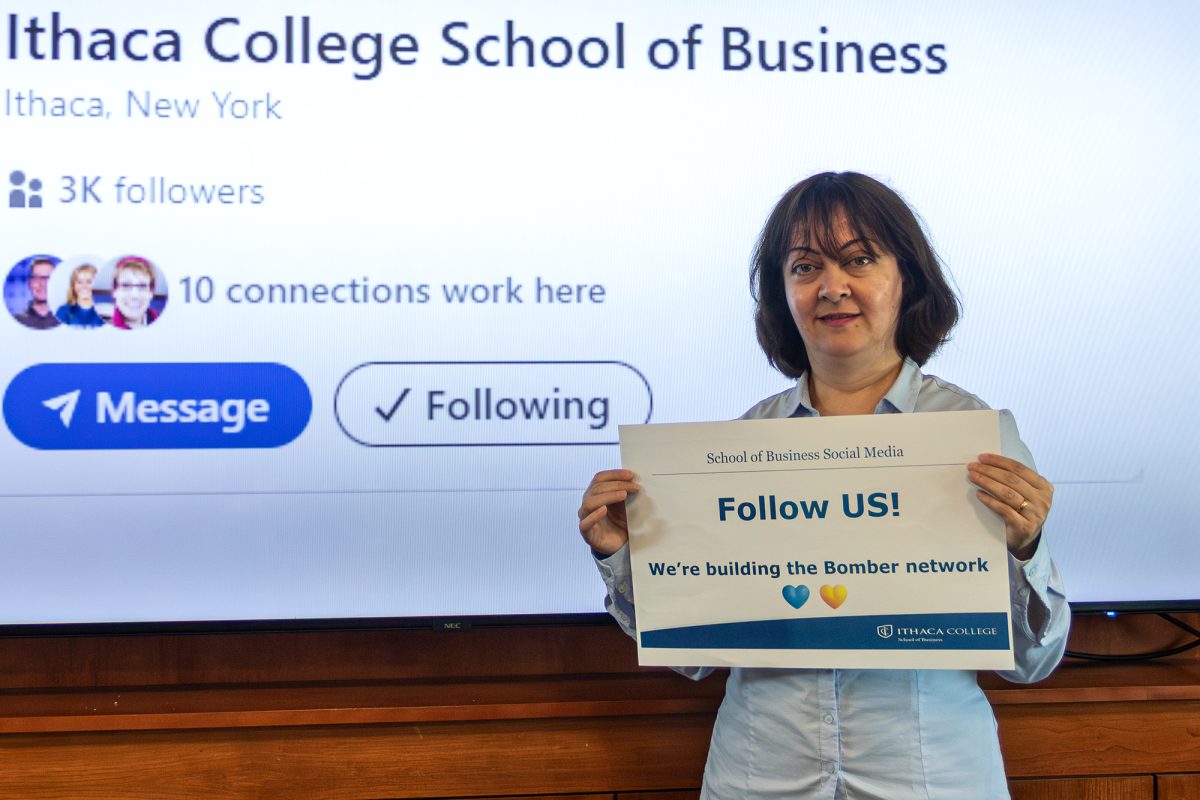The decision by the Office of International Programs to cut 203 programs of its current 249 reflects a continuing, pervasive issue with the Ithaca College administration: making decisions that do not follow the college’s stated priorities.
Removing 82 percent of the original programs severely limits study abroad options for students who wish to take time pursuing their education in a new environment. Studying abroad gives students a more holistic view of the world and promotes a greater understanding of other cultures. With statistics clearly showing the popularity of studying abroad at the college — 30 percent of a graduating class at the college typically have had a study-abroad experience, in comparison to the national rate of 9 percent — it makes little sense for the college to make such dramatic cuts.
For Benjamin Rifkin, provost and vice president for educational affairs, to have a hand in this process is contradictory to his stated support of off-campus learning opportunities, including study abroad. During an open meeting Dec. 6, 2014, Rifkin discussed the importance of internships and study abroad opportunities. Now, his agreeing with the cutting of 82 percent of the college’s current study abroad offerings seems blatantly hypocritical. As vice president for educational affairs, Rifkin must be more cautious of making decisions that ultimately impact the educational experience of students.
Cutting so many of these programs makes it more difficult for students to find the appropriate study-abroad location that fulfills their credit requirements, especially for students with majors that involve heavy research. With even more limited options, students may feel discouraged from studying abroad because there may be no program that suits their major’s needs.
While there was a committee involved in deciding which programs to cut, having only two students on the committee is not representative of the views of the student body. Studying abroad is not limited to a particular number of students — it is an educational opportunity that all students should have the chance to experience.
Continuing to make decisions that have a direct impact on educational opportunities with little student input paints the picture of a college that cares little about its students’ holistic learning. If the college is to make sure that student needs are at the forefront, it can start by thinking more critically about cost-cutting decisions that impact the student community.













